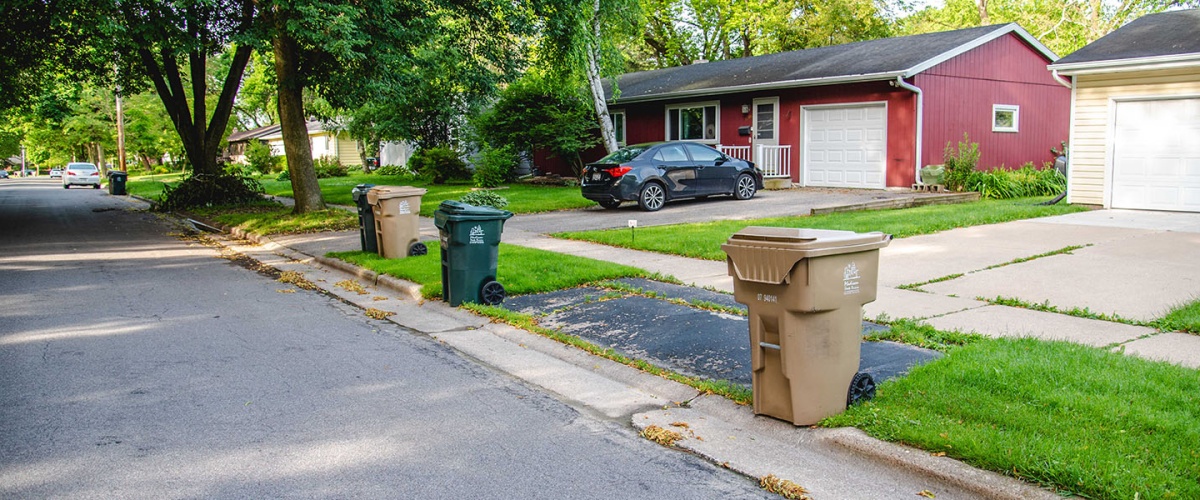
How do I dispose of...?
Can't Find What You're Looking For?
Use the Contact Us information on the side of this page and ask us.
You can use the feedback tool at the bottom of the page, too. If you choose to use the "Was this page helpful?" option, please include your contact information so we can answer any question you ask.
Trash & Recycling
- Report a missed collection
- How do I dispose of...?
- Drop-off sites
- Guidelines
- Cart Information
- Collection Schedule
- Disabled Resident Cart Roll Out Assistance
- Free Resources
- Move Out & Clean Outs
- Recycle Better Class
- Resource Recovery Special Charge
- Special Vehicles
- Waste Reduction
- Demolition Permit Reuse and Recycling Plans